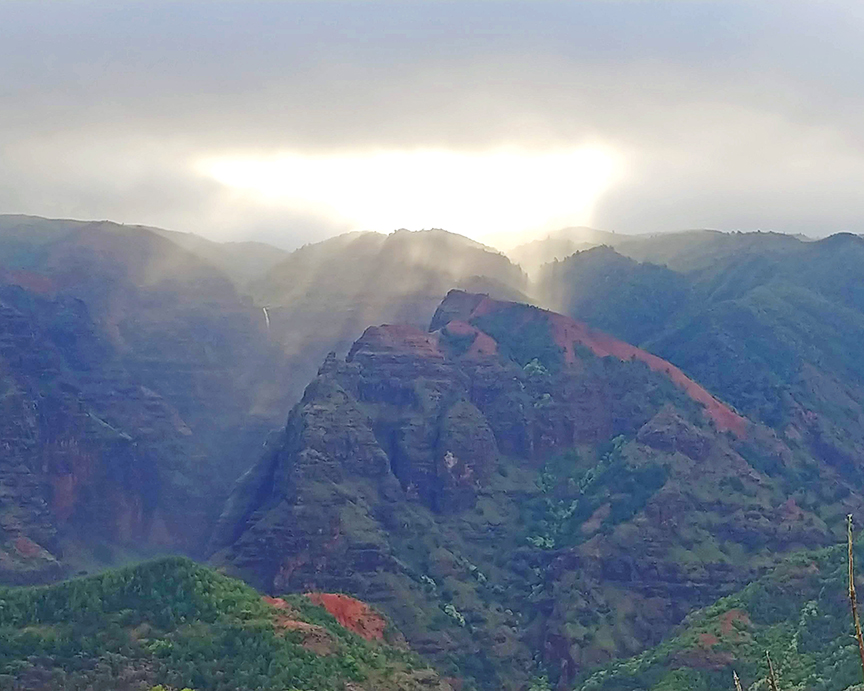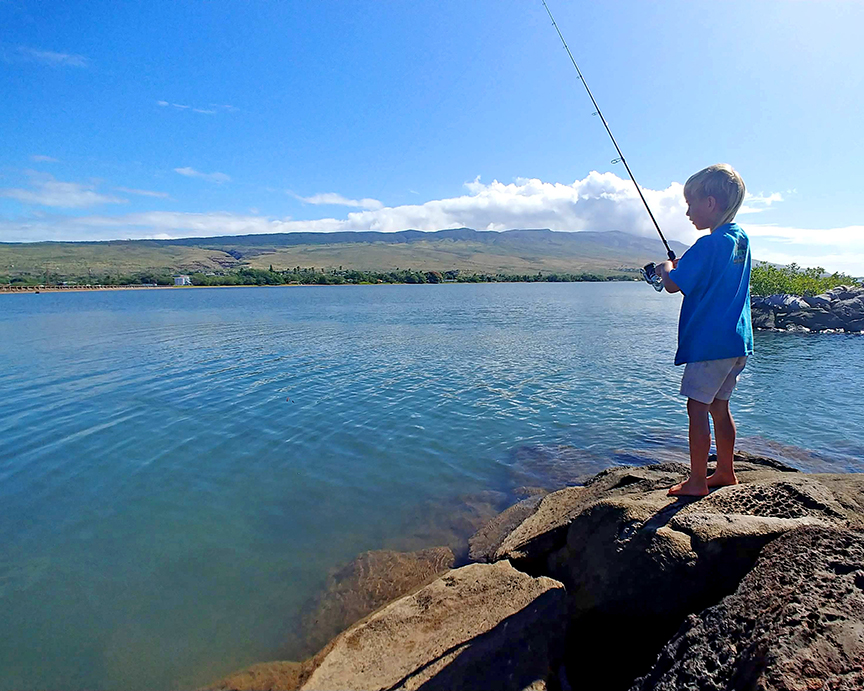By Jan TenBruggencate
The broad agricultural fields from Waimea to Polihale, at the base of West Kaua‘i’s cliffs, may seem like an unchanged landscape, but they are far different than in ancient days.
Much of the area sometimes known as the Mana Plain was once a fertile wetland, some of it below sea level, protected from the sea by an interconnected network of sand dunes.
The dune system would have run 15 miles from the remnant dunes of Polihale Beach Park to the Waimea River.
As they do elsewhere in the Islands, the dunes would have delivered sand to the beaches during erosional periods, and served as storage reservoirs during accretion — all the time protecting the inland areas.
Coastal geologist Charles “Chip” Fletcher says that much of the erosion of Hawaiian beaches can be attributed to the mining of the dunes, along with issues like sea level rise and shifting climate and current.
Today, most of the state’s dune areas have been bulldozed flat and mined for agricultural and development uses.
The wetland behind the dunes was rich in birdlife, and for some wetland species it may have been the richest habitat in the entire archipelago.
There are stories that early Hawaiians would raise nets on poles to capture waterbirds like Hawaiian ducks and geese, coots and gallinules, stilts and migratory birds.
Behind or inland from the dunes, there was a mixture of dry land as well as open water, along with marshy lands in the areas between.
There were waterways through the wetland that were open enough to allow canoes to be paddled through the region. Hawaiians certainly fished in these inland ponds, and in areas where the salinity was lower, grew crops. House sites and religious structures abound in the area.
The Mana Plain, the western end of the vast West Kaua‘i flats, covers 1,700 acres and was once the largest wetland in the Hawaiian Islands.
To provide land for agriculture the Kekaha Sugar Company in 1923 installed extensive channels and pumps to dry up the marshes and render the land available for agriculture. Even today, pumps run constantly to drain a low terrain that is constantly being rewetted by groundwater.
On occasions when the pumps or the electricity that powers them has failed, low parts of the Mana Plain quickly revert to wet conditions.
The State Department of Land and Natural Resources has restored a bit of the history of the region at its Kawaiele Bird Sanctuary.
There, sand removal down to the groundwater has allowed the creation of a new wetland with numerous small islands where seabirds can nest safe from most predators. The bird sanctuary is being expanded.
Native plants have been installed on the sandy soil, but the birds have shown up on their own. It is a great place for birdwatching, for both native wildfowl and migratory species. The wetland lies on the ocean side of Kaumuali`i Highway, between Kekaha and Polihale. It’s easy to miss. Look for the sign along the roadside fence.
- Jan TenBruggencate is a Kaua‘i based writer and communications consultant.
Discover more from ForKauaiOnline
Subscribe to get the latest posts sent to your email.







Leave a Reply